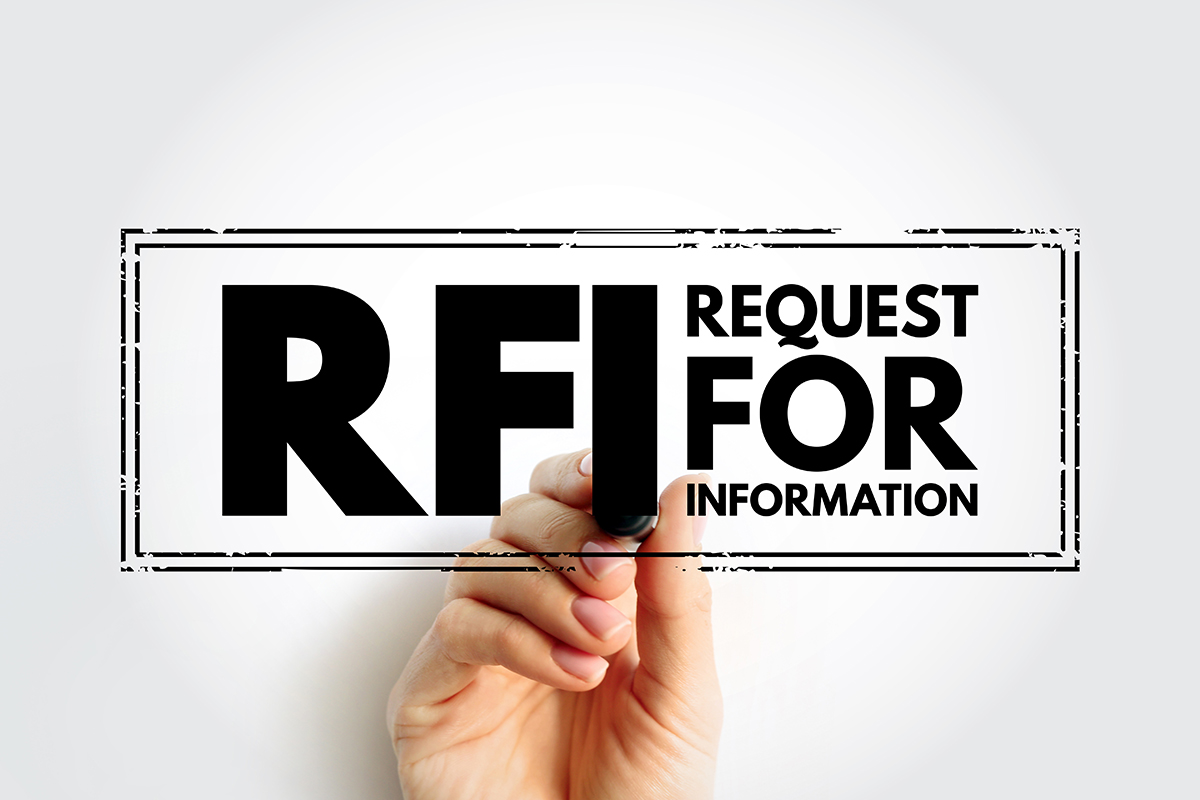How to Respond Effectively to an Information Request from the Healthcare Regulator

Healthcare organisations in the UK and Ireland operate within a tightly regulated environment, where scrutiny from regulatory bodies such as the Care Quality Commission (CQC), Health Improvement Scotland (HIS), The Health Inspectorate Wales (HIW) and the Regulation and Quality Improvement Authority (RQIA) is routine.
Receiving an information request from a healthcare regulator can be daunting! However, responding promptly and correctly is crucial to demonstrate compliance, maintain trust, and avoid potential sanctions.
This article outlines a practical five-point action plan for healthcare providers looking to respond effectively to regulatory information requests. Whether you are a hospital manager, practice owner, or compliance officer, these steps will help you navigate the process with confidence.
Five-Point Action Plan for Responding to Regulator Information Requests
- Don’t panic! Review the Request Thoroughly and Slowly – As soon as you receive an information request, read it carefully to understand exactly what is being asked. Identify the scope, deadlines, and the specific documents or data required. Take note of any legal references or regulatory standards cited. If anything is unclear, do not hesitate to seek clarification from the regulator to avoid misinterpretation.
- Assemble the Right Team – Seek support / Gather a team with the relevant expertise, such as compliance officers, data protection leads, clinical governance staff, and legal advisors. Assign clear responsibilities for data gathering, document review, and response drafting. Collaboration ensures accuracy and reduces the risk of oversight.
- Gather and Verify Information – Collect all requested documents and data, ensuring that they are complete, accurate, and up-to-date. Pay particular attention to patient confidentiality and data protection requirements, such as those imposed by GDPR. Verify information internally to identify any gaps or inconsistencies before submission.
- Prepare a Clear and Structured Response – Draft your response in a clear, logical format. Reference each point of the regulator’s request and provide supporting documentation as evidence. Use plain language and avoid jargon where possible. If you are unable to provide certain information, explain why and outline any remedial steps being taken.
- Submit and Retain Records – Submit your response using the regulator’s preferred method—be it secure email, online portal, or post. Ensure you meet the deadline. Keep comprehensive records of all communications, documents provided, and internal decision-making processes. This will help if there are follow-up queries or inspections.
Final Thoughts
Timely and thorough responses to regulatory information requests are vital for maintaining compliance and safeguarding your organisation’s reputation. Failing to respond appropriately can result in enforcement action, reputational damage, or even loss of licence to operate. By following this five-point plan, you can demonstrate professionalism, transparency, and a commitment to high standards of care.
Need expert support? Our experienced team will help you navigate the process, minimise risk, and ensure your organisation remains compliant and protected.
For tailored advice and hands-on assistance in managing regulatory information requests, contact GIVE Consulting today.

